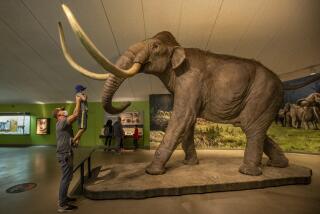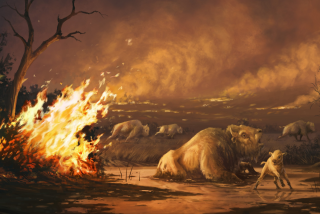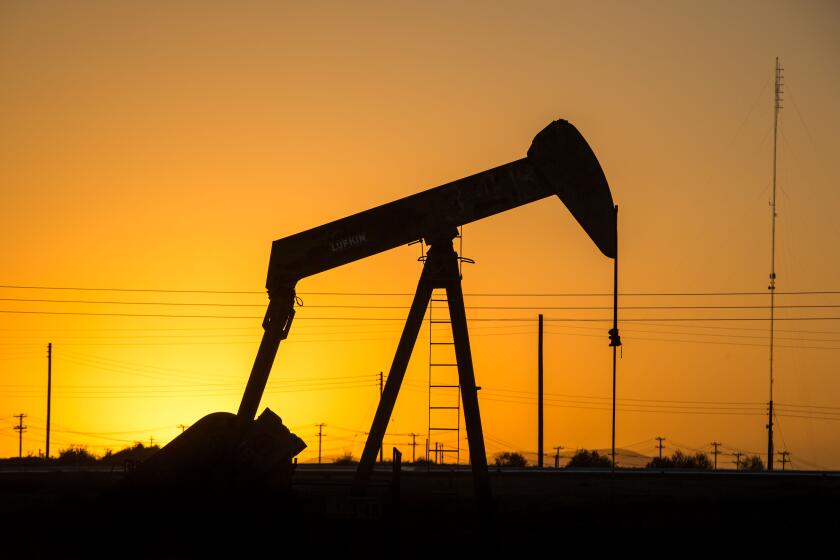Climate change: Lessons from the Vikings and ancient cliff dwellers
For years archaeologists and New Mexico tour guides talked about the mysterious, sudden “disappearance” of the Anasazi Indians, the people who built magnificent cliff dwellings in the Southwestern United States. That kind of talk irritated modern tribes such as the Hopi and Zuni no end; they knew the Anasazi never disappeared but were in fact their ancestors.
But the ancient people did suddenly abandon these ancient sites, and archaeologists now believe the trigger for this was climate change, specifically the Great Drought, from about 1276 to 1279. According to some recent research, the problem wasn’t so much because the people no longer had enough water for their crops; a relatively small expansion of their agricultural territory would have provided enough food. But the sudden climate change, these researchers theorize, led to a disruption in their beliefs and a loss of faith in their political structure. The people did not disappear, but their way of life collapsed as they scattered, forming much smaller and less formal village units.
In other words, it should come as no surprise that profound climate shifts profoundly affect civilizations. The more recent Little Ice Age is believed to have driven the Vikings from Greenland and to have been among the factors in the death toll from the Black Plague, the start of the Thirty Years’ War and even the westward expansion in the United States.
Now that a new study has been released warning that global warming today might lead to societal disruption and worsening violence, the natural reaction might be split between “Well, duh” and “Are you kidding me?”
It stands to reason that as crops in some areas of the world fail while those in others flourish, and agriculture in general shifts in type and location to adjust to climate change, there’s going to be population shift disruption. Not to mention the heightened incidence of flood, drought, wildfire and other extreme weather-related events that scientists warn us are in store and already are being seen. The question is how a far more technologically advanced world will cope with this. Will the worst problems be seen in developing nations where food scarcity is already a major concern? Or right here in the land of sophisticated democracy, could the financial problems that would accompany massive changes in food production and natural catastrophe lead to its own political shifts?
It’s harder, though, to imagine how other parts of the study relate to global warming, like checking out the honking by drivers on a particularly hot day in Phoenix or the reaction of police in a heavily heated room. Those are events based on what’s unusual for the people involved; heat is uncomfortable when we’re not used to it (even in Phoenix, people are more accustomed to staying air conditioned on the hottest days), just as cold is. Comparing extreme experimental conditions with daily life and using the results to raise alarm about increased violence seems alarmist and not entirely relevant. The Little Ice Age shows us that huddling in the chill isn’t exactly great for our mood either, or for our collective sense of well-being.
Aside from our personal irritation, though, we as societies have reacted through history in drastic ways to hunger and natural catastrophe. If nothing else, the study serves as a wake-up call that there’s more to preparing for climate change than building flood walls.
ALSO:
C’mon, disposable diapers are not a ‘need’
Malibu residents’ retort: ‘We are hospitable to you nasty tourists’
More to Read
A cure for the common opinion
Get thought-provoking perspectives with our weekly newsletter.
You may occasionally receive promotional content from the Los Angeles Times.











